Heat Monitoring
If you're searching for a cloud-based heat monitoring system that streamlines manual logging, enhances compliance readiness, safeguards temperature-sensitive assets, and protects all your clean rooms and compounding rooms, you’ve arrived at the right place.

Let us help you evaluate your needs!
- Safety: Alerts via text, email, push notifications and phone calls to protect your precious assets
- Compliance: Automated compliance reports
- Efficiency: Reduced Manual Logging and time spent on reports
- Robust Redundancy: Battery Backup and DataSync for reliable data continuity
And what makes us different?
- Lifetime Warranty: Ongoing warranty included with monitoring subscription
- Unlimited Users: Scale across your entire organization
- Connectivity Flexibility: Wi-Fi, Cellular or Data Hub
- Phone call alarms: Alerts won't get ignored
- Mobile App: 500 Freezers in your pocket
- Facility monitoring: Simple to add water leak, door open, occupancy, and even IAQ monitoring
Engineered in Indiana with U.S.-based support.

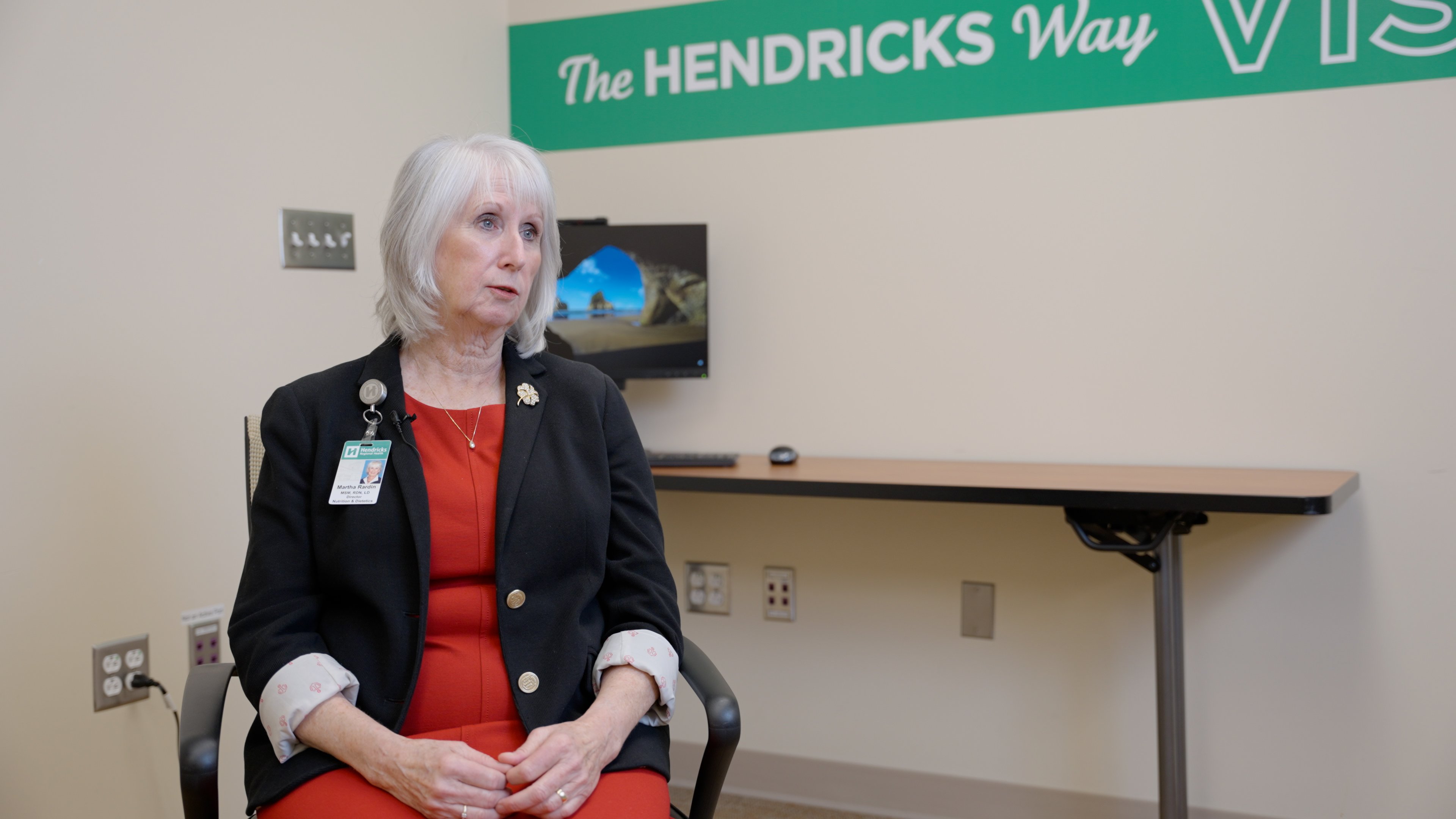
See What Customers Say About Sonicu
Asset Protection. Compliance Automation. And Reduced Manual Processes.
Sonicu serves thousands of professionals at hundreds of organizations across North America by improving how they monitor and manage their most sensitive assets and environments.
Professionals from healthcare, life science, laboratory and cold chain facility management turn to Sonicu to help them improve the way they do business.


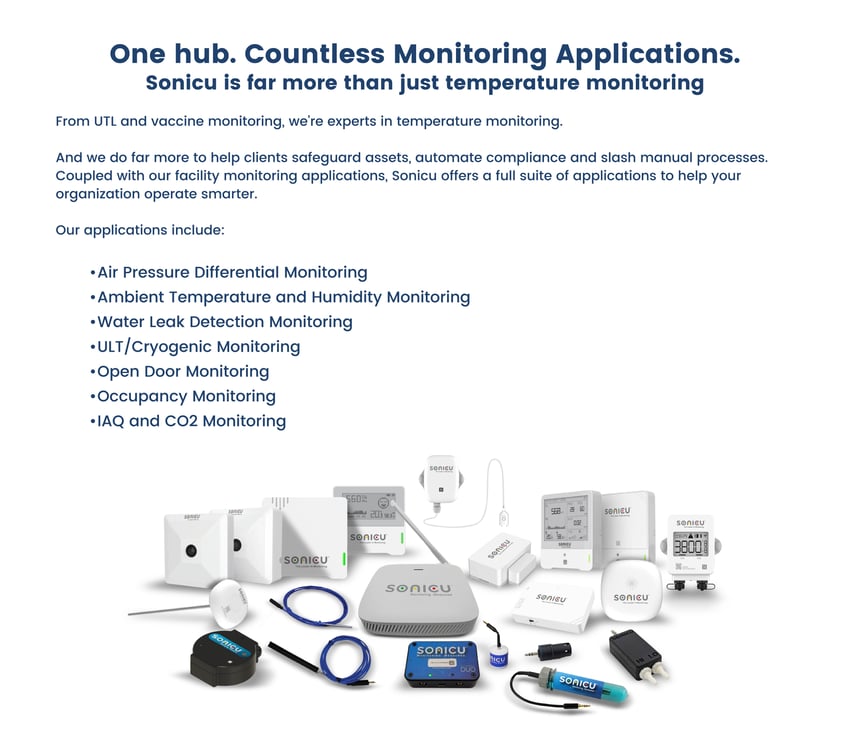
Understanding and Preventing Heat Stress Demo
Learn how to recognize, prevent, and manage heat stress in outdoor or high-heat work conditions. This video highlights essential safety measures, symptoms to watch for, and practical tips to protect yourself or your team from heat-related illnesses. Perfect for construction workers, outdoor professionals, and anyone working in extreme temperatures. Stay safe, stay productive!
Cost competitiveness, great customer service, great control over the monitoring system, and low maintenance. You can't beat that.

Sonicu costs are considerably more reasonable than our historic system, as well as other competitors on the market. The equipment is robust but simple to learn and utilize.
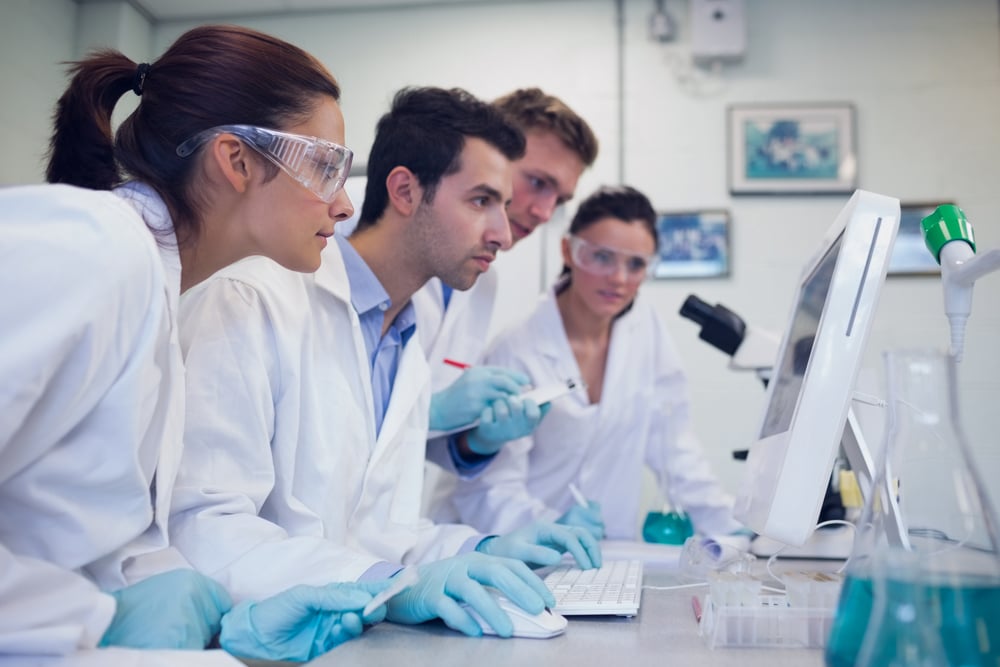
Having safe and secure storage provides reassurance that any future family building efforts will be protected. Sonicu gave us the ability to more easily put our head on the pillows and sleep easier at night knowing we had invested in a strong monitoring system.”

Warehouse Monitoring
Sonicu’s sensors and automated systems detect patterns of overcooling or overheating, enabling precise adjustments that reduce energy consumption without sacrificing product quality. The result? A remarkable reduction in operational costs and a commendable contribution to sustainability efforts.
Warehouse Monitoring BrochureHeat Monitoring
Sonicu offers an unparalleled solution that has earned the trust of esteemed healthcare institutions like Indiana University Health, the University of Michigan Health System, and Stanford University.
With Sonicu, you can revolutionize your heat monitoring practices, simplify compliance procedures, and ensure the protection of your temperature-sensitive assets. Join the ranks of respected healthcare and research brands that have embraced Sonicu's cutting-edge technology to achieve superior temperature monitoring outcomes.
Sonicu is the preferred choice for these renowned healthcare and research brands for four key reasons
- Real-Time Monitoring: The sensors collect temperature data and transmit it wirelessly to Sonicloud - our cloud-based platform.
- Operational Efficiency: Virtually eliminate the need for tedious and costly manual logging
- Compliance Automation: Respond to virtually any regulatory audit or inspection in a few clicks with our reports section
- Asset Protection: Detects and responds to any temperature excursion that can threaten virtually anything perishable: food, drugs, vaccines, research, etc.
When you combine these three significant feature benefits, our clients average about $80,000 per savings for every 100 hospital beds.
At research or university locations without beds, it’s not hard to imagine the time savings alone by simply not having staff manually record temperatures several times per day.
Our customers stay with us thanks to our American-based customer support, which is never more than a phone call away. While our technology is intuitive and powerful, we know it’s only as strong as the people who stand behind it.
Heat monitoring is a crucial process that involves measuring temperature and humidity levels within a room or facility. Its importance lies in several key aspects, such as ensuring occupant comfort, protecting equipment and inventory, and complying with temperature and humidity control regulations.
There are different types of heat monitoring systems available, including wired and wireless options. Wired systems are known for their reliability and accuracy. They establish a direct connection between sensors and monitoring devices, providing real-time data with high precision. This makes wired systems ideal for critical applications that require precise temperature and humidity control. However, installing and maintaining wired systems can be more challenging due to the need for wiring infrastructure.
On the other hand, wireless heat monitoring systems offer easier installation and maintenance. They eliminate the need for extensive wiring, making them flexible and cost-effective for monitoring temperature and humidity in various environments.
Sonicu's wireless systems rely on sensor networks and transmitters to collect data, which can be accessed and analyzed remotely. While wireless systems offer convenience and flexibility, they may have limitations in terms of reliability and accuracy, especially in areas with signal interference or long distances between sensors and receivers.
When selecting a heat monitoring system, it is essential to consider specific facility requirements, such as the desired level of accuracy, monitoring range, environmental conditions, and budget constraints. Consulting with experienced professionals can help determine the most suitable system for the specific application, ensuring regulatory compliance and fulfilling monitoring needs effectively.
By implementing an appropriate heat monitoring system, organizations can proactively manage temperature and humidity levels, optimize energy efficiency, and protect valuable assets. Regular monitoring, data analysis, and prompt actions based on findings contribute to maintaining a comfortable and safe environment while mitigating the risks associated with temperature and humidity fluctuations.
Temperature, Heat, and Humidity Monitoring System
One of the key components of a temperature monitoring system is the heat and humidity sensor. These sensors are typically placed in strategic locations throughout the building, such as in server rooms, warehouses, and other areas where temperature and humidity levels are critical. The sensors then send data to a central monitoring system, which can be accessed remotely by facility managers or other authorized personnel.
Data logging and analysis software are also key to a well-functioning monitoring system. The software allows facility managers to track temperature and humidity levels over time, identify trends and patterns, and receive alerts if temperature or humidity levels exceed pre-set thresholds.
This information can then be used to make adjustments to the heating, ventilation, and air conditioning (HVAC) system to ensure optimal temperature and humidity levels are maintained.
In addition, the measurement of heat and temperature plays an important role in complying with industry regulations and standards. For example, the Occupational Safety and Health Administration (OSHA) has guidelines for temperature and humidity levels in the workplace. By monitoring and controlling temperature and humidity levels, facilities can ensure compliance with these regulations and avoid potential fines or penalties.
You can learn more about how our software helps compliance professionals in these case studies:
Problem: Pharmacy Suffered Too Much Humidity In New Wing, impacting Compounding Pharmacy
Solution: Affordable Humidity Monitoring that Delivered Powerful data to prompt contractors to fix improperly sized air handler
Problem: Dining department struck with regulatory violations
Solution: Enterprise-wide monitoring that automates regulatory compliance across all departments
What Tools are Used for Heat Monitoring
Understanding the heat monitoring definition and becoming familiar with some of the devices used to measure temperature is crucial for businesses just getting started with the process. So what tools are used for heat monitoring?
Heat monitoring tools include temperature and humidity sensors, which are placed throughout the building to measure and record temperature and humidity levels.
Other tools include data logging and analysis software, which allows facility managers to track temperature and humidity levels over time, identify trends and patterns, and receive alerts if temperature or humidity levels exceed pre-set thresholds.
Additionally, some systems may include a web-based interface, mobile apps, or other remote access options for easy monitoring, and some integrate with building management systems. Other tools may include infrared cameras, which are used to detect and diagnose hotspots or thermal issues within the facility.
Sonicu’s wireless temperature monitoring provides 24/7 monitoring and automatically logs all temperature data, and auto-generates regulatory compliance reports. By tracking deviations in temperature, users can take the appropriate action to improve their systems.
This is crucial to ensuring building safety and equipment effectiveness. Sonicu helps to alleviate some of the burdens of manual temperature monitoring, allowing users to take a step back from the process and focus on the data that’s most relevant.
You can learn more about how our software helps compliance professionals in these case studies:
Problem: Too many false alarms on cryo monitoring lead to ignoring an alarm
Solution: Smart alarms that don’t produce alert fatigue
Problem: Cumbersome and costly legacy monitoring with difficult customer service
Solution: Simple and affordable solution with third-party sensor capabilities to drive down costs
Hamilton County Health Department: Vaccine Protection and Compliance.
Problem: Data loggers that lacked remote viewing capabilities and compliance automation
Solution: Remote viewing capabilities for weekend peace of mind and simple compliance
What is a Temperature Monitoring System?
A temperature monitoring system is an automated solution designed to continuously track and analyze temperature levels in various environments. It incorporates one or more sensors strategically placed in rooms or on equipment that requires constant monitoring.
One of the key advantages of these systems is their remote functionality, enabling users to access real-time temperature data and exercise control from a distance.
These systems find widespread applications in various industries, with healthcare being a prime example. For instance, laboratories often utilize laboratory temperature monitoring systems to maintain precise room conditions for research purposes. These systems empower users to set specific temperature and humidity levels while acquiring crucial data to aid in their scientific endeavors.
Sonicu's cutting-edge monitoring system solutions offer an array of automatic monitoring features, including temperature, humidity, sound levels, and differential air pressure between rooms.
By leveraging Sonicu's technology, users can benefit from highly accurate temperature readings and proactively address potential issues before equipment damage or health hazards occur.
The comprehensive monitoring capabilities of Sonicu's solutions ensure a safer and more controlled environment, making it an ideal choice for industries that require precise temperature management and regulatory compliance. With Sonicu, you gain the tools to maintain optimal conditions, safeguard equipment, and enhance overall operational efficiency.
Importance of Temperature Monitoring
The importance of temperature monitoring—especially for industries related to food and healthcare—cannot be overstated. By installing heat monitors, you can maintain optimal room temperatures even when you’re working off-site. Temperature monitoring is crucial for:
- Ensuring the comfort of building occupants
- Preventing damage to equipment and inventory
- Complying with regulations
- Maintaining product quality
- Detecting temperature-related issues
- Improving energy efficiency
- Promoting safety
There are many different types of tools and devices used to monitor temperature. Many that are unfamiliar with temperature monitoring might assume that this process is done the old-fashioned way (by hand), but today, businesses have a range of options when it comes to automatic monitoring. The following list of instruments used to measure temperature includes some of the options that are available today.
- Thermocouples: These are temperature sensors that use the principle of thermocouple to measure temperature. They are widely used in industrial applications.
- Resistance Temperature Detectors (RTDs): These sensors use the resistance of a metal wire to measure temperature. They are accurate and have a wide temperature range.
- Thermistors: Thermistors use the change in resistance of a semiconductor material to measure temperature.
- Infrared thermometers: This type of sensor uses infrared radiation to measure temperature. Infrared thermometers are commonly used in industrial, medical, and food processing applications.
- Temperature data loggers: These devices are used to record and store temperature data over time. They can be used for long-term monitoring or for monitoring temperature during transport.
Heat Stress Monitoring
Heat stress monitoring involves the systematic measurement and evaluation of environmental and physiological factors contributing to potential heat hazards in the workplace. This comprehensive process includes monitoring:
- Temperature
- Humidity
- Crucial physiological indicators like core body temperature, heart rate, and sweat rate.
The primary objective of heat stress monitoring is to proactively identify and prevent dangerous levels of heat stress, which could lead to heat-related illnesses such as heat exhaustion and heat stroke.
Prioritizing heat stress prevention in the workplace is paramount for ensuring the safety and well-being of all employees, thus creating a healthy work environment. To achieve this, a range of tools and devices are available for monitoring heat hazards and implementing appropriate control measures.
For instance, real-time temperature data loggers are valuable resources for tracking temperature trends over time and promptly detecting any hazardous patterns.
Sonicu offers an advanced heat stress monitoring solution that streamlines the monitoring process by eliminating manual logging. This efficient solution empowers users to monitor temperature fluctuations effortlessly, ensuring optimal work conditions at all times.
By leveraging Sonicu's temperature monitoring solutions, employers can effectively safeguard their workforce from the risks of heat stress, fostering a safer and more productive working environment.
In addition to promoting a safer work environment, effective heat stress monitoring can also lead to increased productivity and overall employee satisfaction. When workers feel assured that their well-being is a top priority, they are more likely to be focused and engaged in their tasks, leading to improved performance and efficiency.
A comprehensive heat stress monitoring solution, such as the one offered by Sonicu, goes beyond simply tracking temperature data. It provides real-time alerts and notifications, enabling swift responses to any unfavorable changes in environmental conditions.
This level of responsiveness is especially crucial in industries where workers are exposed to extreme temperatures, such as manufacturing, construction, and outdoor operations.
In conclusion, heat stress monitoring is not only a vital safety measure but also a strategic investment in the health and productivity of the workforce. With Sonicu's innovative solutions and advanced technology, organizations can create a proactive, data-backed approach to ensure a safe and conducive work environment for all employees.
Wireless Temperature Monitoring
Wireless temperature monitoring refers to the utilization of wireless technology to remotely measure and track temperature levels. This innovative approach involves deploying wireless sensors like thermocouples, thermistors, or infrared sensors to capture temperature data and transmit it wirelessly to a central hub for monitoring and analysis. The collected data can be easily accessed from remote locations using internet-connected devices such as computers, smartphones, or tablets.
The benefits of wireless temperature monitoring are vast, as it enables real-time temperature tracking in multiple locations simultaneously. This versatility makes it applicable across various industries, including industrial and commercial HVAC systems, agriculture, food storage, healthcare facilities, and logistics operations.
The system acts as a vigilant guardian, alerting users promptly if the temperature deviates from a pre-set range, allowing for immediate intervention to prevent potential damage.
A wide array of devices is available for wireless temperature monitoring, including wireless temperature transmitters and plug-in Wi-Fi temperature sensors. Sonicu's wireless remote monitoring ensures the protection of assets with SMART reporting, alarming features, and much more, guaranteeing compliance with regulatory standards.
By embracing these advanced tools and solutions, you can stay ahead of the curve and maintain optimal functionality in all aspects of your operations.
Body Temperature Monitoring
Body temperature monitoring refers to the measurement of an individual's internal body temperature. This is typically done by measuring the temperature of the skin or other body tissues, such as the ear or mouth. There are several methods for measuring body temperature, including:
- Oral thermometry: Done by placing a thermometer under the tongue or in the oral cavity.
- Rectal thermometry: This involves measuring temperature using a thermometer placed in the rectum.
- Axillary thermometry: Axillary thermometry measures temperature using a thermometer placed in the armpit.
- Tympanic thermometry: Measures temperature using a thermometer placed in the ear canal.
- Infrared thermometry: Uses an infrared sensor, which can be placed on the skin or other body surfaces.
Body temperature monitoring and heat stress measurement are often used in medical settings to assess and monitor fever or other conditions that may cause changes in body temperature. It can also be used in fitness and sports performance settings, as changes in body temperature can indicate exertion or dehydration. Additionally, body temperature monitoring is used for fever screening in public places and in workplaces, especially during a pandemic outbreak.
By following working in heat guidelines, employers can ensure employee safety. It can also be a good idea to use a heat stress monitoring device to keep a close eye on body temperature when employees are working in a particularly hot environment.
American-based Customer Support: Robust & Reliable High Touch Service
Experience Unparalleled Service with Sonicu's Dedicated Team
At Sonicu, we understand that the true value of software and technology lies in the people who stand behind them.
Our probes and sensors are purposefully designed to withstand the harshest frozen environments, working tirelessly to collect and transmit billions of bits of data every month.
We recognize that even with the most advanced technology, occasional hiccups can occur, whether it's on the hardware or software side. But rest assured, our commitment to you is unwavering.
That's why we take pride in our team of dedicated American-based customer success managers, always ready to assist you with any service issues. With Sonicu, help is just a phone call away, ensuring a seamless experience for our valued customers.
Our customers are highly educated and protect highly valuable assets with our solutions. We boast more than 95 percent customer retention thanks to our reliable hardware, intuitive software and robust customer support.
At Sonicu, we prioritize customer satisfaction and swiftly address any support request that comes our way. Our responsive team is dedicated to resolving issues promptly and getting our customers back online without delay.
We are committed to fielding every customer service request promptly and getting our customers online rapidly.
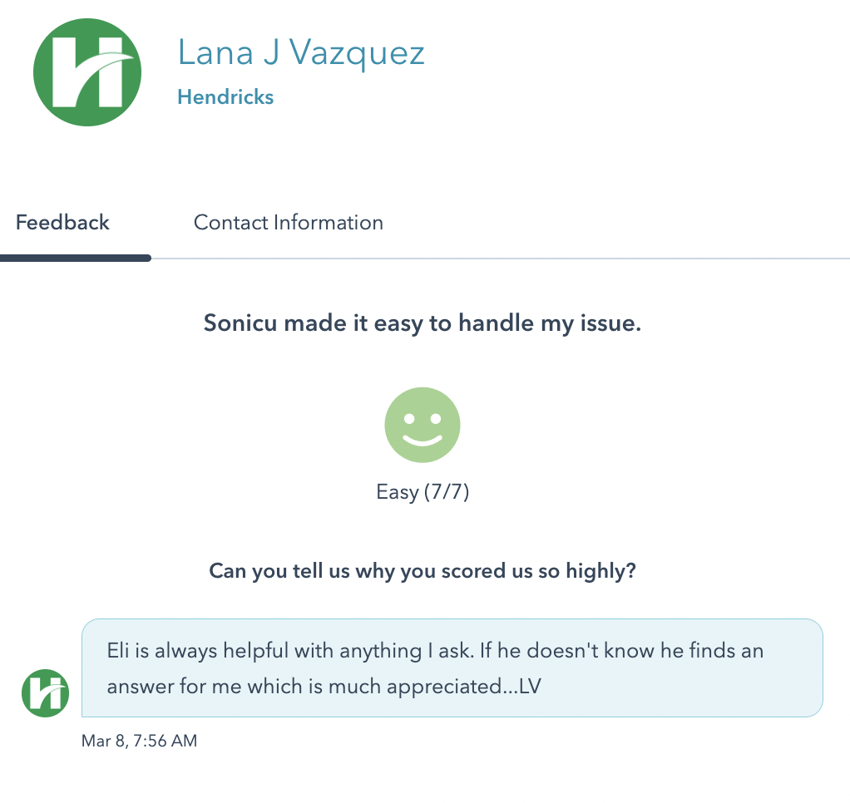
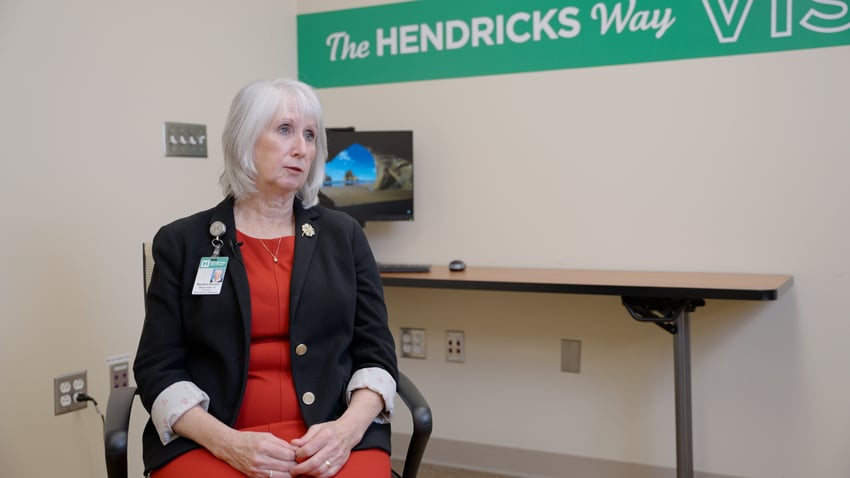 “I like to say that every refrigerator or freezer is like a car in that they all behave a bit differently,
“I like to say that every refrigerator or freezer is like a car in that they all behave a bit differently,
and then every now and then you just get a bad boy who doesn’t want to perform as we need it to,”
Martha Rardin, Director, Nutrition and Dietetics, Hendricks Regional Hospital.
 “Sonicu has been a powerful tool to identify which units are behaving out of spec and get our team
“Sonicu has been a powerful tool to identify which units are behaving out of spec and get our team
to fix them before we have a serious issue.”
Tim Livesay, Director, Hancock Regional Hospital Pharmacy Director

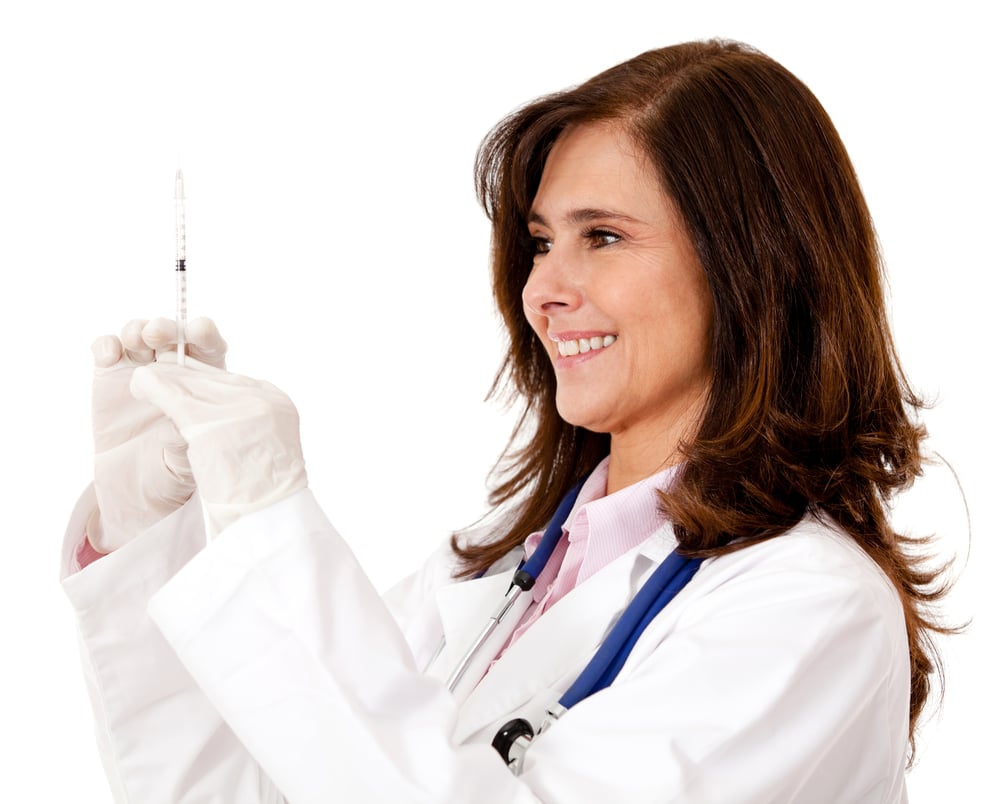







We realized there had to be a better way and went in search of technology that could give us that level of monitoring that would keep our patients safe. Sonicu made it easy and we grew across the entire hospital.